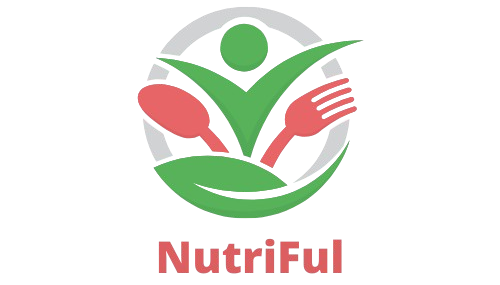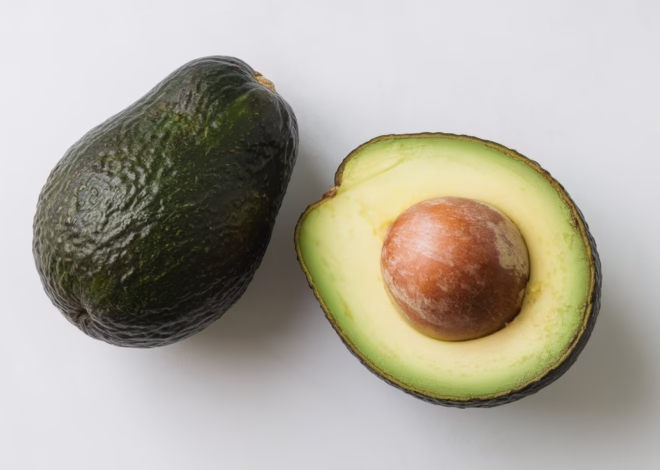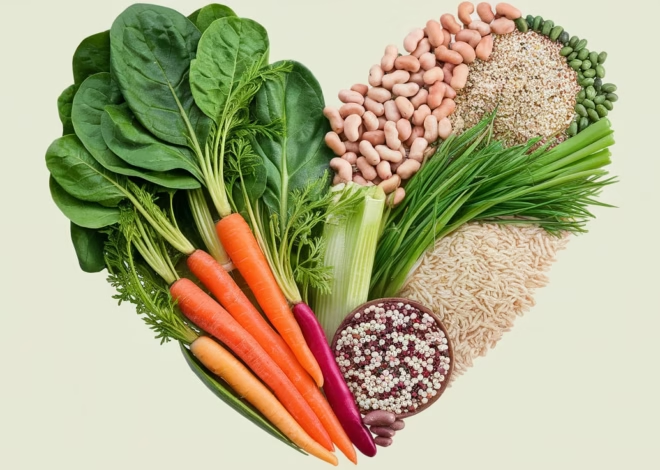
9 Tips to Stop Eating Junk Food: Take Control of Your Health and Cravings
We’ve all been there: that moment when the salty, crispy allure of a bag of chips or the sweet call of chocolate becomes impossible to ignore. Junk food has a magical (and slightly sinister) ability to tempt us, no matter how many times we promise ourselves we’ll stop. But cutting down on junk food doesn’t have to be a battle of willpower alone—there are practical, realistic strategies to help you win this fight and regain control over your eating habits.
Whether you’re trying to lose weight, improve your health, or simply kick the habit of reaching for unhealthy snacks, these 9 tips will guide you toward a healthier relationship with food. Let’s get started on the path to a more nutritious, junk-free lifestyle.
1. Understand the Science Behind Cravings: It’s Not Just You, It’s Your Brain
One of the first things to understand is that junk food cravings are not just about a lack of willpower; they’re scientifically driven by the way our brains respond to sugar, fat, and salt. Junk food is designed to be hyper-palatable, meaning it hits the right combination of flavors to light up the pleasure centers of our brains like a Christmas tree. This can lead to addictive patterns.
Solution: Recognizing that cravings are biological can help you realize you’re not just weak-willed. Start by gradually reducing your intake of junk food, rather than going cold turkey, to avoid overwhelming your brain’s reward system. Swapping junk for healthier options can retrain your brain to crave better food choices over time.
2. Plan Your Meals and Snacks: Prevention is Key
You’ve probably heard the saying, “Failing to plan is planning to fail.” Well, it’s particularly true when it comes to avoiding junk food. When we get too hungry or stressed, we often default to grabbing whatever’s easy, and that’s usually junk food. If you don’t have a plan for your meals and snacks, your odds of reaching for that candy bar skyrocket.
Solution: Take time to meal plan for the week. Pack healthy snacks like fruits, nuts, or yogurt that are easy to grab when you’re on the go. When you’re prepared with nutritious options, you’re much less likely to fall back on junk food out of convenience.
3. Clean Out Your Pantry: Out of Sight, Out of Mind
If junk food is within easy reach, it’s going to be difficult to resist. When your pantry or fridge is packed with chips, cookies, and other processed goodies, even the strongest willpower might crumble at 11 p.m. on a lazy night. The best way to curb temptation is to make sure it’s not in your house.
Solution: Go through your pantry and fridge, and remove as much junk food as possible. Replace it with healthier snacks like fruits, nuts, hummus, or whole grain crackers. When you eliminate easy access to junk, you’ll naturally eat less of it.
4. Identify Emotional Eating Triggers: Food is Not Therapy
Many of us turn to junk food when we’re feeling stressed, anxious, bored, or even sad. Emotional eating is one of the biggest contributors to unhealthy food choices, and it’s often because junk food provides a quick (though temporary) emotional boost. Learning to identify the feelings that lead to cravings is a huge step toward controlling your junk food intake.
Solution: Keep a food journal to track what you eat and how you’re feeling when you reach for junk food. This can help you pinpoint emotional triggers. Once you recognize these patterns, you can find healthier ways to cope with emotions—like going for a walk, calling a friend, or practicing mindfulness.
5. Eat More Protein and Fiber: Keep Full, Stay Strong
A lot of junk food is high in sugar and refined carbs, which may satisfy your taste buds but leave your body craving more food soon after. Protein and fiber, on the other hand, take longer to digest and help keep you full for a longer period of time. When you feel satisfied, you’re far less likely to give in to cravings for empty calories.
Solution: Start your day with a protein-packed breakfast, like eggs or Greek yogurt, and make sure every meal includes fiber-rich foods such as vegetables, whole grains, and legumes. Snacks like nuts, seeds, and fruits can also help bridge the hunger gap between meals.
6. Distract Yourself from Cravings: Mind Over Matter
Cravings don’t last forever. In fact, most cravings tend to peak and then fade within 10-15 minutes. The trick is to ride that wave and distract yourself until it passes. When you feel the urge to reach for a candy bar, try engaging in a different activity that takes your mind off food.
Solution: When a craving hits, try going for a brisk walk, reading a book, or doing a quick activity you enjoy. Even something as simple as drinking a glass of water can help. The idea is to shift your focus long enough for the craving to pass without giving in.
7. Practice Mindful Eating: Slow Down and Savor
In today’s fast-paced world, we often eat on autopilot—shoveling food into our mouths while watching TV or scrolling through our phones. This leads to overeating and, often, poor food choices. Practicing mindful eating can help you develop a healthier relationship with food and reduce your reliance on junk.
Solution: Set aside time to eat without distractions. Chew your food slowly, savor each bite, and pay attention to your body’s hunger and fullness cues. When you eat mindfully, you’re more likely to make better choices and enjoy your food in a way that satisfies your body’s true needs, rather than giving in to cravings.
8. Hydrate First: Thirst Often Masquerades as Hunger
Sometimes, when you think you’re hungry and craving junk food, you’re actually just thirsty. Our bodies can confuse hunger and thirst signals, making you think you need a snack when what you really need is a glass of water.
Solution: The next time you feel a craving coming on, drink a glass of water and wait a few minutes. Often, the craving will pass, and you’ll realize that hydration was what your body needed. You can also add a slice of lemon or cucumber to your water for a refreshing twist that satisfies your taste buds.
9. Allow Yourself Healthy Indulgences: Don’t Aim for Perfection
Swearing off junk food entirely can backfire, leading to feelings of deprivation and binge eating later. The key is to strike a balance—allowing yourself occasional indulgences without overindulging. After all, enjoying life includes occasionally having that slice of pizza or scoop of ice cream, as long as it’s done in moderation.
Solution: Designate one meal or snack a week as your “treat” time. Enjoy your favorite indulgence, but be mindful of portion sizes and frequency. The goal is to make these foods a small part of your diet, not the foundation of it. When you plan for indulgences, you’re less likely to binge or feel guilty.
Conclusion: Small Changes Lead to Big Results
Cutting out junk food isn’t about going cold turkey or starving yourself. It’s about making small, sustainable changes that, over time, can lead to healthier habits and a better relationship with food. By understanding your cravings, planning your meals, and incorporating more nutritious alternatives, you’ll gradually reduce your dependence on junk food.
Remember, it’s a process. You don’t have to be perfect, and slip-ups are okay. What matters most is that you’re making conscious choices to prioritize your health and well-being. With these 9 tips, you’re well on your way to taking control of your cravings, your diet, and your health!



